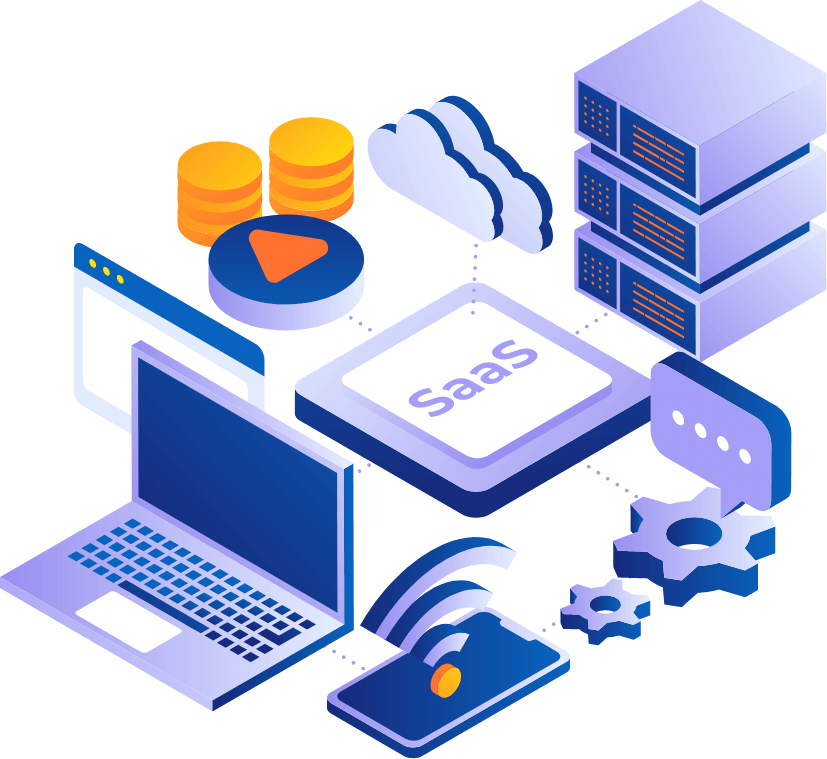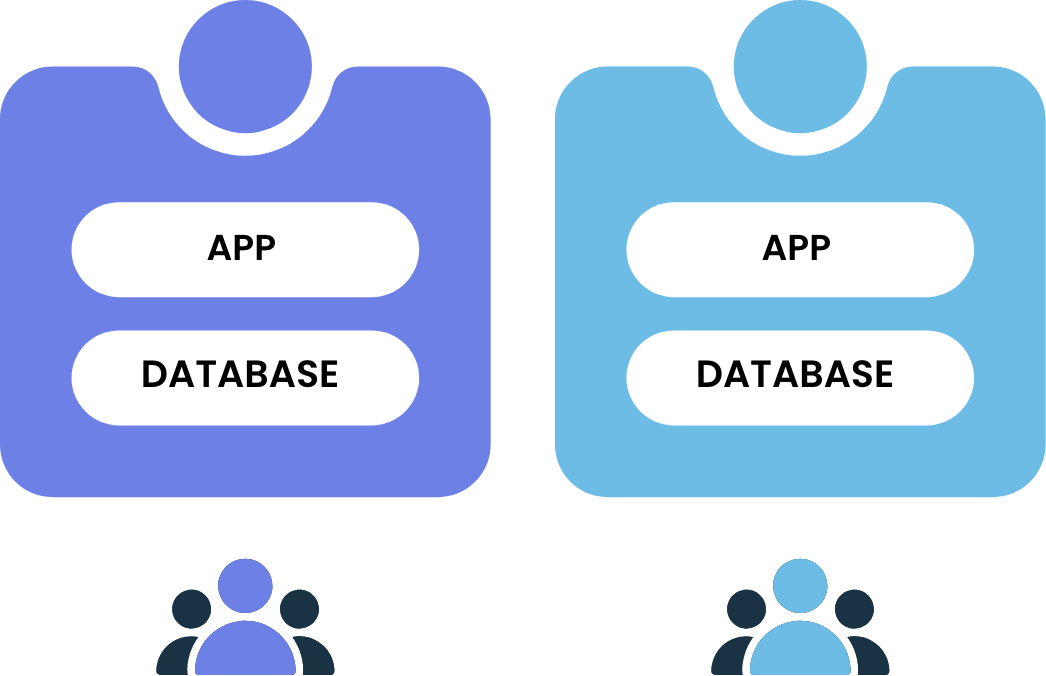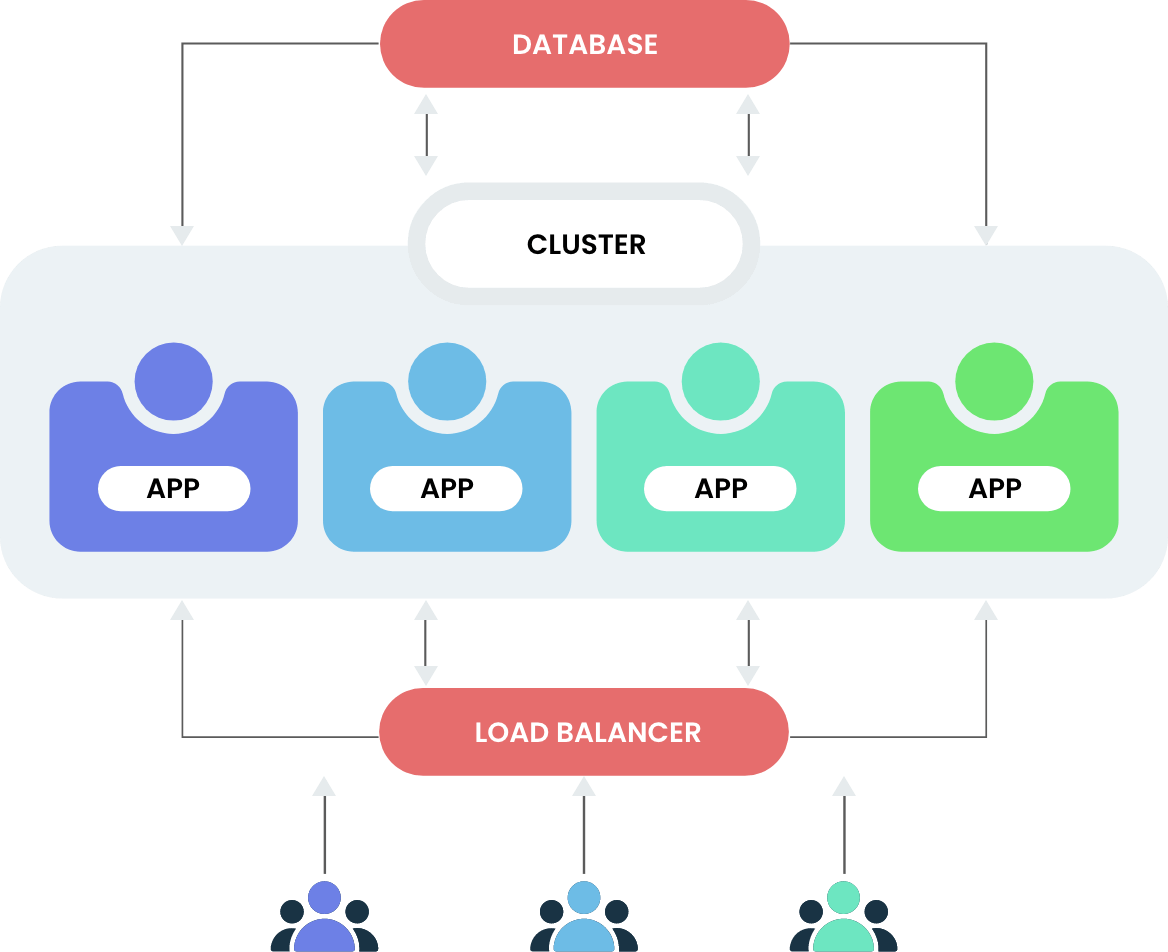It is a product model that is developed and hosted in a single server that can be accessed across the world using simple browser-like user interfaces.
Hosting SaaS applications on Cloud infrastructure is bliss and you would offload the burden of managing your own servers. Many Cloud providers themself provide a number of Cloud services that would help the SaaS deployment be easier and less painful for the deployment team.





You can build a cost-effective SaaS Service that can fit within your budget by just reaching our SaaS consultants. By leveraging our industry expertise, we ensure that you only pay for the features and resources you truly need. We identify cost-saving opportunities and help you optimize your SaaS subscriptions for maximum efficiency

We completely evaluate the security features and protocols of various SaaS vendors and ensure that they meet industry standards and compliance regulations. We guide you on best practices for data protection, encryption, access controls, and ongoing security monitoring, and assure that your sensitive information remains safeguarded.

We optimize SaaS resource usage to attain scalability without compromising costs, making the organization thrive in a dynamic marketplace. We just simply assess your growth projections and helps in choosing the right scalable SaaS Services as per your needs.

Deploy SaaS easily in a cost-effective and faster manner by just getting into our SaaS consulting.

We regularly back up and apply as many security measures for the data to ensure higher reliability while accessing our SaaS services.
.jpg)
Krishna, Ceo, Whizlabs

Ashish, Co-founder, Synradar